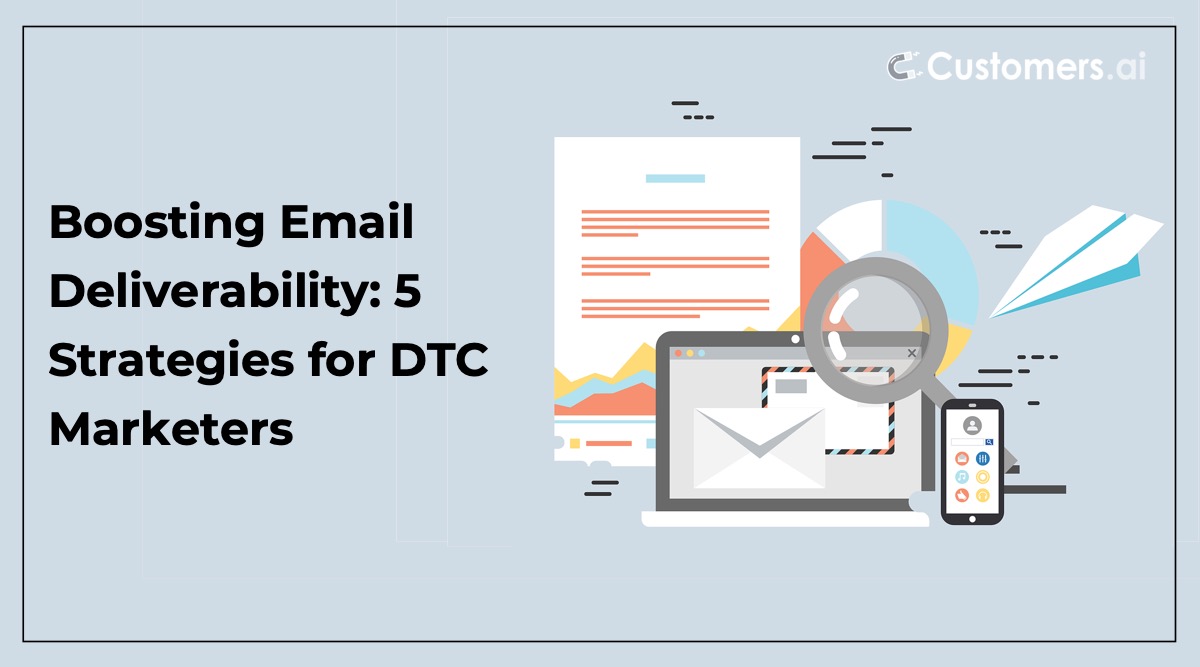Email validation for improved deliverability

In just 30 days, we increased the number of hot leads by 10x. Our targeted email funnels generated 5.5x as much email engagement as previous efforts and added $50,000 to our sales pipeline.


Our built-in email validation tool helps you reach the inbox

Improved Deliverability
Other systems leave you vulnerable to high bounces, crushing your deliverability. We rigorously check that the addresses you’re sending to are real.
Protected Sender Reputation
By ensuring emails are only sent to valid email addresses, you can avoid high bounce rates, spam traps, and anything else that may hurt your domain reputation.
Increased Open Rates
By filtering out invalid or inactive addresses and ensuring your emails reach genuinely interested recipients, you can enhance open rates and boost engagement.
Protect your domain with email validation and Signs of Life Detector

Transform your email campaigns into revenue powerhouses
2x

5.5x

25x

Renovate your pipeline



Ensure emails hit the inbox with our proprietary email deliverability technology


See how to get your emails into the inbox more effectively

Email Deliverability Hacks: Unlocking Inboxes
Every email marketing needs to know how to get messages in front of their audience — and how to avoid the promotions tab and spam folder. Learn how to 10X your delivery and open rate in this on-demand training.

Boosting Email Deliverability: 5 Strategies for DTC Marketers
The success of email marketing hinges on a fundamental metric: email deliverability. Studies reveal that nearly 20% of emails never reach their intended recipients. This is pretty troubling for DTC

The 15 Best Email Deliverability Tools: Reviews, Ratings & Requirements
You did it! You crafted the perfect email…witty subject line, compelling content, and a killer call-to-action. You hit send, eagerly awaiting the flood of responses. But instead, crickets. What gives?